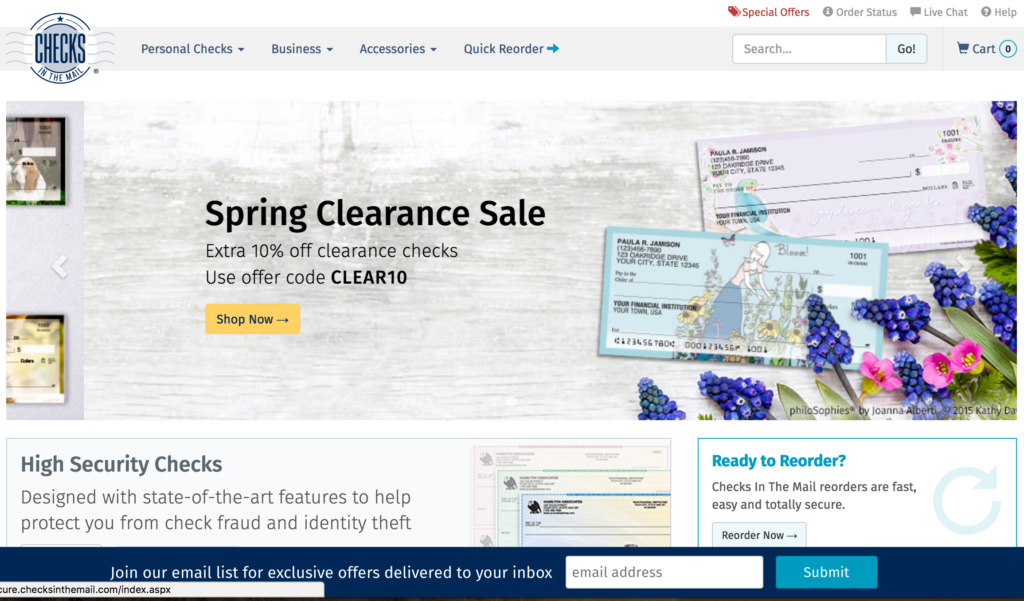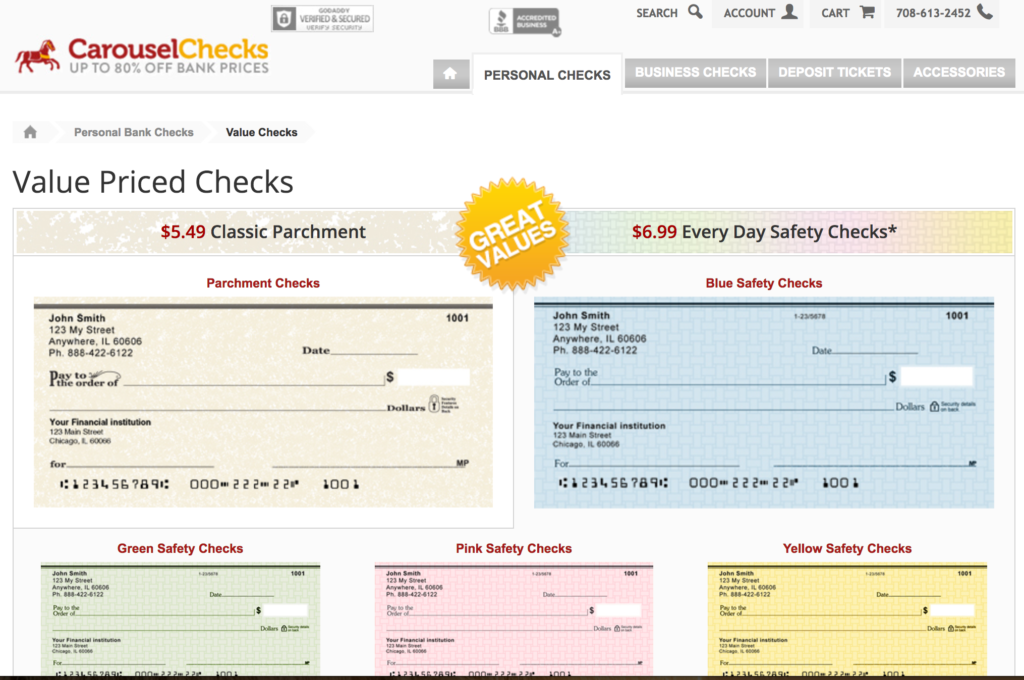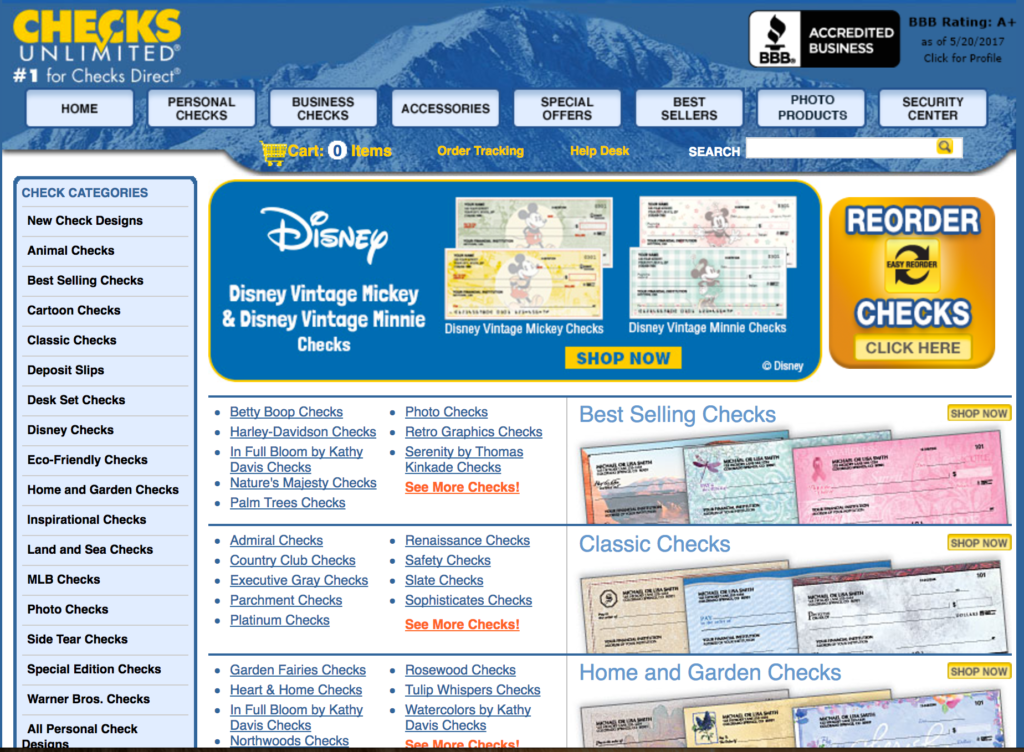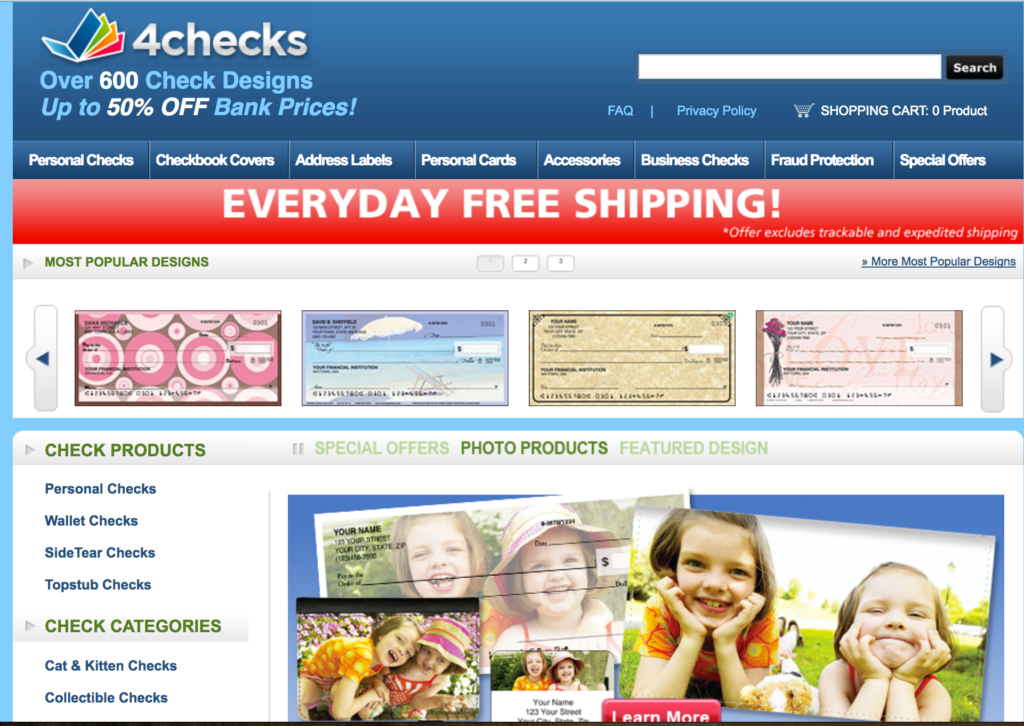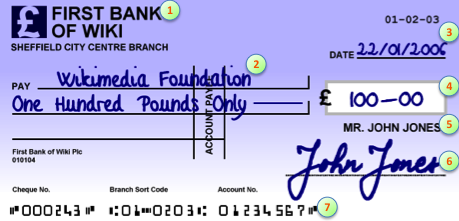US COINS (NEWCOMER GUIDE)
Besides the dollar, coins make up the most significant aspect of the United States currency system– a system which itself, is the most powerful in the world because of its affiliation with the world’s largest economy.
U.S. coins where first minted in 1792, and new coins have since been produced annually, and for historical reasons the value of a US coins neither depreciates with time nor with face value (i.e. coins that were minted much earlier on in history are still very valuable, and for example, the one cent and the five cent are larger than the ten-cent).
Since U.S. coins are not devalued with use, they are used for a variety of purposes besides being legal tender (money). Thus, U.S. coins function and are defined according to their rarity and can be classified into four major categories – circulating coins, bullion coins, commemorative coins, obsolete coins and mill coins.
- Circulating Coins
Circulating coins are the coins that the United States Mint produces for everyday transactions. That is, they are the acceptable legal tender, and if you are new to the U.S., these are what you would be using as money – this does not mean however they may also included in the United States Mint’s annual coin sets, which are a staple of the coin collecting hobby.
Unlike the dollar notes however, which are simply valued per their dollars worth, the various U.S. coins denominations are valued in cents. 100 cents are equal to a dollar.
Denominations of Circulating Coins
Circulating coins are in the following denominations –
- Penny :
The penny is worth a cent and is a copper-plated zinc coin; its obverse (heads) view carries the inscriptions ‘liberty’ and ‘in God we trust’, including the year when the coin was minted as well as an image of the president Lincoln which has been featured since 1909 – its reverse (tails) view was altered in 2010 and currently carries the union shield and scroll with the inscription ‘one cent’.
- Nickel :
A nickel is worth 5 cents and is made of a nickel and copper blend. It is larger than a penny and has the image of Thomas Jefferson on its obverse view and the words ‘in God we Trust’ and ‘liberty’ in Jefferson’s handwriting inscribed on it.
- Dime:
Dimes are worth 10 cents and are made of a nickel and copper blend. It is smaller than a penny or a nickel – It has an image of Franklin D. Roosevelt’s left facing bust on its obverse view, and on the reverse, an image of the torch (of liberty).
- Quarter:
A quarter is worth 25 cents – it is made of cupronickel and is larger than a nickel. While the obverse view shows the familiar image of President George Washington, its reverse view alternates designs depicting national parks and other national issues through the United States Mint America the Beautiful Quarters Program.
Generally, half-dollars and $1 coins are circulating quality produced as collectibles and are not necessarily for everyday transactions. However, they may still be used as legal tender
- Half dollar:
Kennedy Half dollars are worth 50 cents. They are the largest of U.S. coins and are silver-over-copper coins. It has a portrait of President John F. Kennedy on the obverse view and a design based on the presidential seal on the reverse side – the design consists of a heraldic eagle with a shield on its breast holding a symbolic olive branch and a bundle of 13 arrows.
- Native American $ 1 Coin:
These are worth one dollar and are used both as collectibles and for everyday transactions. They feature designs that celebrate the important contributions made by Indian tribes and individuals Native Americans to the history and development of the United States.
- Presidential $1 Coin:
Also worth $1, presidential coins are designed with the intention to honor the Nations past Presidents by featuring their images on the coins in the order that they served. The program began in 2007 with Presidents Washington, Adams, Jefferson and Madison.
- Bullion Coins
Bullion coins are coins that are made from precious metal and kept as either –
- A store of value – so that it can be retrieved and/or exchanged at a later time, or
- An investment – because they maintain their value without depreciating over time, and often bear interests eventually.
U.S. non-bullion coins are not used in day to day commerce as legal tender (money) and as such are non-circulating – however, they are accepted as the value of the precious metal that is within them in common transactions, and their value is based exclusively on the content (in grams) of these precious metals, which may be silver, gold and also platinum –
Types of Bullion Coins
The following bullion coins are minted in the U.S.;
- American Silver Eagle:
The American Silver Eagle is considered the official silver bullion of the United States – and has a nominal face value of a dollar, but contains one troy ounce of 99% silver.
Its design features the image of a walking liberty on its obverse (front) view and a heraldic eagle with shield and thirteen five-pointed stars on its reverse (back).
- American Gold Eagle:
An American Gold Eagle coin is the official gold bullion of the United States and is officially designated for pre-1933 ten dollars gold coins, but is not equal to their face value, but equal to the market value of their gold content (which usually fluctuates with market forces, as with gold and gold-made products).
The coin is offered in 1/10oz, 1/4oz, 1/2 oz, and 1oz denominations and each of the four sizes contains 91.67% gold, 3% silver, and 5.33% copper.
Their designs feature the image of the lady liberty and an eagle soaring above a nest on their front and back views respectively.
- American Platinum Eagle:
The official platinum bullion coin of the U.S., the American Platinum Eagle is offered in its 1/10, ¼, ½, and 1denominatons valued at $10, $25,$50 and $100 respectively.
All four denominations are identical in design except for the markings on the reverse side which indicate the face value of the coin.
- American Buffalo:
These are also known as the gold buffalo and are 24-carat bullion coins with a face value of $50 and the images of the ‘American Indian Head’ and a buffalo on its front and back views respectively.
- America the Beautiful Silver Bullion Coins:
These coins comprise of a series of silver bullion coins with the face value of a quarter dollar – they contain 5 ounces of silver and their designs feature the image of George Washington in a portrait and alternating five individual designs from the coins design program.
- Commemorative Coins
These category of coins may be used as legal tender, they are not minted for general circulation, but are crafted to honor American people, places, events and institutions.
Each of the coins are crafted to be rich in symbolic history and help to raise money for important causes and represent an invaluable investment in maintaining American history.
- Obsolete Coins
These coins are denominations which no longer circulate or have been disused. They include –
- The half cent (1/2 Cent)
- Fugio Cent (1 Cent)
- Two cent piece (Two cent)
- Three cent bronze (Three Cent)
- The three cent nickel (Three Cent)
- The Trime (3 cent)
- Half dime (5 cent)
- Twenty cent piece (20 cent)
- Gold dollar ($1)
- Quarter eagle($2.50)
- Three dollar piece ($3)
- The Stella($4)
- Half Eagle($5)
- Eagle ($10)
- Double eagle ($20)
- Half union ($50)
Coin Collecting Hobby
Coin collecting is one of the oldest hobbies and is often regarded as the ‘hobby of kings’. The idea became quite popular when commemorative coins became widely available, and is based on the concept of collecting and preserving rare coins for aesthetic purposes or for subsequent investment for potential long term profit.
The coin collecting world, while unconventional is elaborate, and coin enthusiasts have been known to form coin clubs and coin and medal programs – on the long run however, the enthusiasm often pays off as collectors gradually build portfolios of very valuable and rare pieces.

